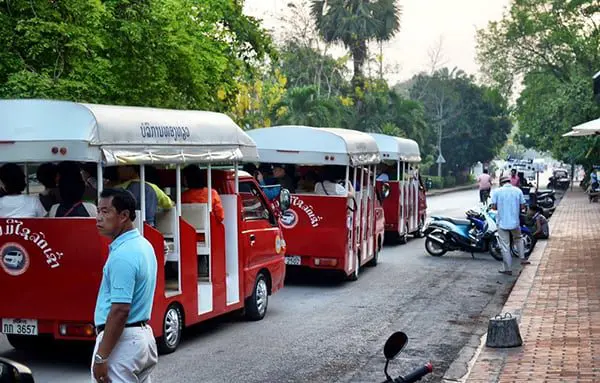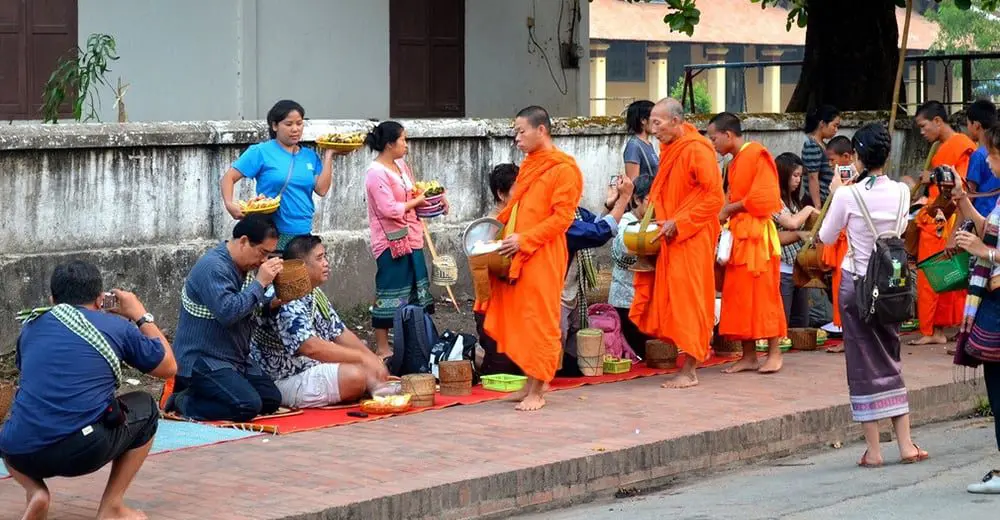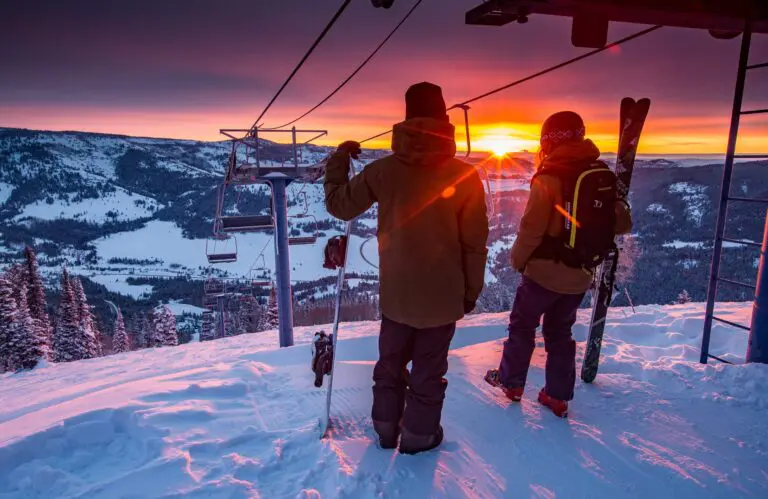In another example of the potential “dark side of tourism,” Luang Prabang in Laos is struggling to keep to its centuries-old traditions as hoards of tourists effectively take over the Unesco World Heritage Site.
Since first appearing on the mainstream tourist radar in 1995, the same year the laid back Mekong River town earned its Unesco badge, Luang Prabang has had to cope with an influx of tourists with seemingly no end.
People come here to marvel at the town’s gilded temples and to catch a glimpse of a real Buddhist town, especially the morning alms round, locally known as tak bat, where Buddhist monks walk along the town’s streets everyday for their daily sustenance.
However, the town’s popularity is almost tearing at the seams of this once quant small town, and throngs of tourists are threatening to destroy (this tourist literally destroyed a 126-year-old statue in Portugal whilst taking a selfie) any authenticity this town may have once had. The town is being swarmed by mass tourism hotel developers, keen to get in on the action, and tourists are literally getting in the way of the monks each morning as they perform their daily alms round.
According to the South East Asia Globe, alarm bells started ringing back in 2004 when a Unesco report claimed that tourism development had put a “critical stress” on the town’s environmental and cultural resources. The report warned that without proper management, Luang Prabang could become just another tourist town, “a cultural theme park,” where tradition is replaced by commercialism.

“There’s a point where it [mass tourism] sort of kills the local life,” said Andrea Vinsonneau, the director of EXO Travel in Laos, speaking to South East Asia Globe.
Of course, on the other side, tourism has brought many positive benefits to the town. Before the tourist busses lined the streets, Luang Prabang was a poor town with a limited electricity supply. Now, this town of 50,000 attracts nearly half a million international visitors a year, which is a 10 percent increase on the previous year.
It’s completely understandable that tourists flock to this jewel of a town in South East Asia. But we need to understand that there is always a fine line in travel that we need to be mindful not to cross, and that line is sustainability. As travellers, we need to ensure that ancient traditions continue in the face of tourism so that future generations can enjoy its fruit, in much the same way that we should protect the environment and clean up our trash when overseas.
Locals in Luang Prabang are already doing everything they can to protect their traditions, such as extending the development buffer zone around the town. As travellers, we can do our part by respecting the monks and keeping our distance from them, allowing them to carry out their daily traditions.
Source: South East Asia Globe.







